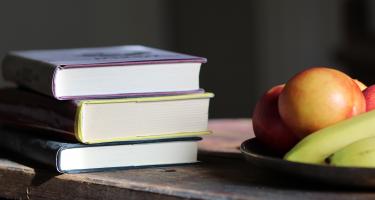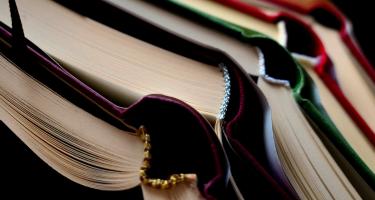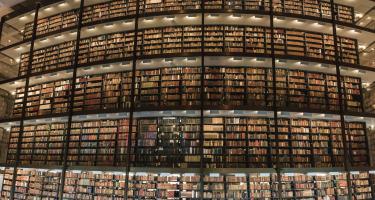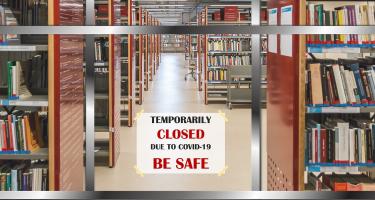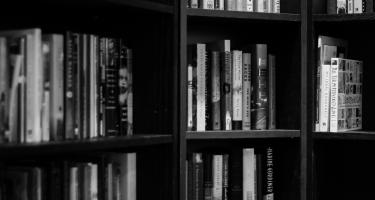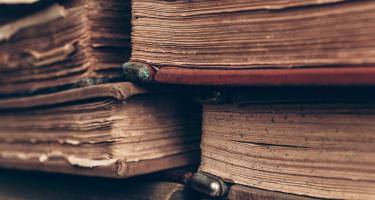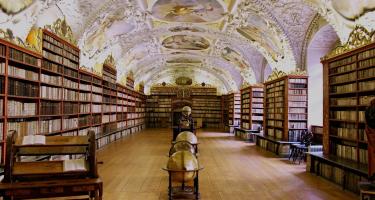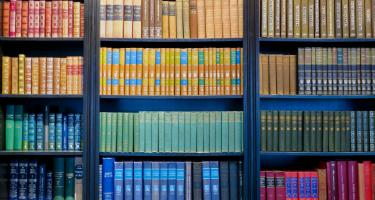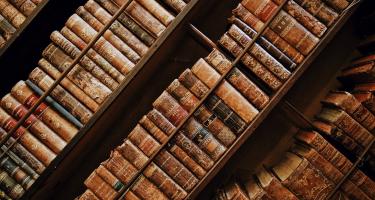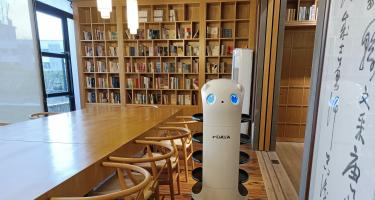
Linda Zajac—Robo-Motion: Robots That Move Like Animals
“Animals are motion masters. They skitter, scuttle, grip, glide, spring, cling, & more,” Linda Zajac reports in Robo-Motion: Robots That Move Like Animals, an illustrated book for 4-9 year-olds. Robots that mimic animal motion help surgeons reach into tight spaces, explore the seafloor, aid in search & rescue missions, and perhaps soon may serve as first responders for wildfires & other dangers.
